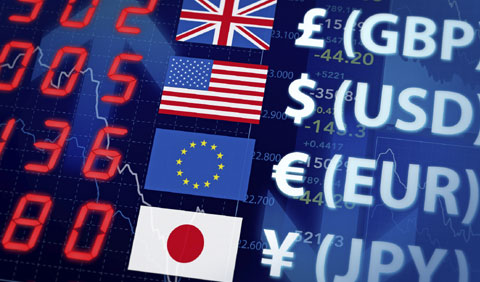Experienced traders will remember a few years ago when markets were much simpler.
For a period of time when the Fed was considering tapering its asset purchases, it seemed like every day was either a “risk on” day, where stocks, higher-yielding currencies and commodities rallied in sync, or a “risk off” day, where bonds, gold, the dollar and the Japanese yen led the way. Because these moves relied on handicapping the likelihood of continued QE from the Fed, they often were driven by counterintuitive causes; for instance, ostensibly “good” economic news (say, from a strong US jobs report) would typically lead to a risk-off day because it made the US central bank more likely to end its QE program, whereas “weak” economic figures could actually increase the market’s risk appetite because it meant that the liquidity spigots continued to flow full bore.

While we have hardly returned to those simpler times, this weekend’s French election was as close to a pure “risk on” event as we’ve seen in awhile. As expected, centrist Emmanuel Macron advanced to the second round vote scheduled for May 7th, as did Eurosceptic Marine Le Pen. Many traders fear that a Le Pen victory would throw the region into turmoil, but that outcome seems far less likely after Le Pen underperformed her polls and the other candidates immediately threw their support behind Macron, in some cases before the votes were even fully counted.
Investors cheered the outcome, with major stock indices surging by over 1% across the globe and safe-haven assets like gold, the Japanese yen, and bonds all falling. On the volatility front, the VIX, a measure of expected volatility in US stocks, fell by nearly 25% to below 11, its largest 1-day percentage drop since 2011.
Though many markets followed the risk on a script, there was a pair of interesting outliers in the FX market: both the Australian and New Zealand dollars had relatively lackluster days yesterday. Both currencies are supported by central banks with relatively high benchmark interest rates (1.5% for the RBA and 1.75% for the RBNZ), but in both cases, the central banks have adopted a dovish tone, meaning they’re more likely to cut interest rates next.













Leave A Comment